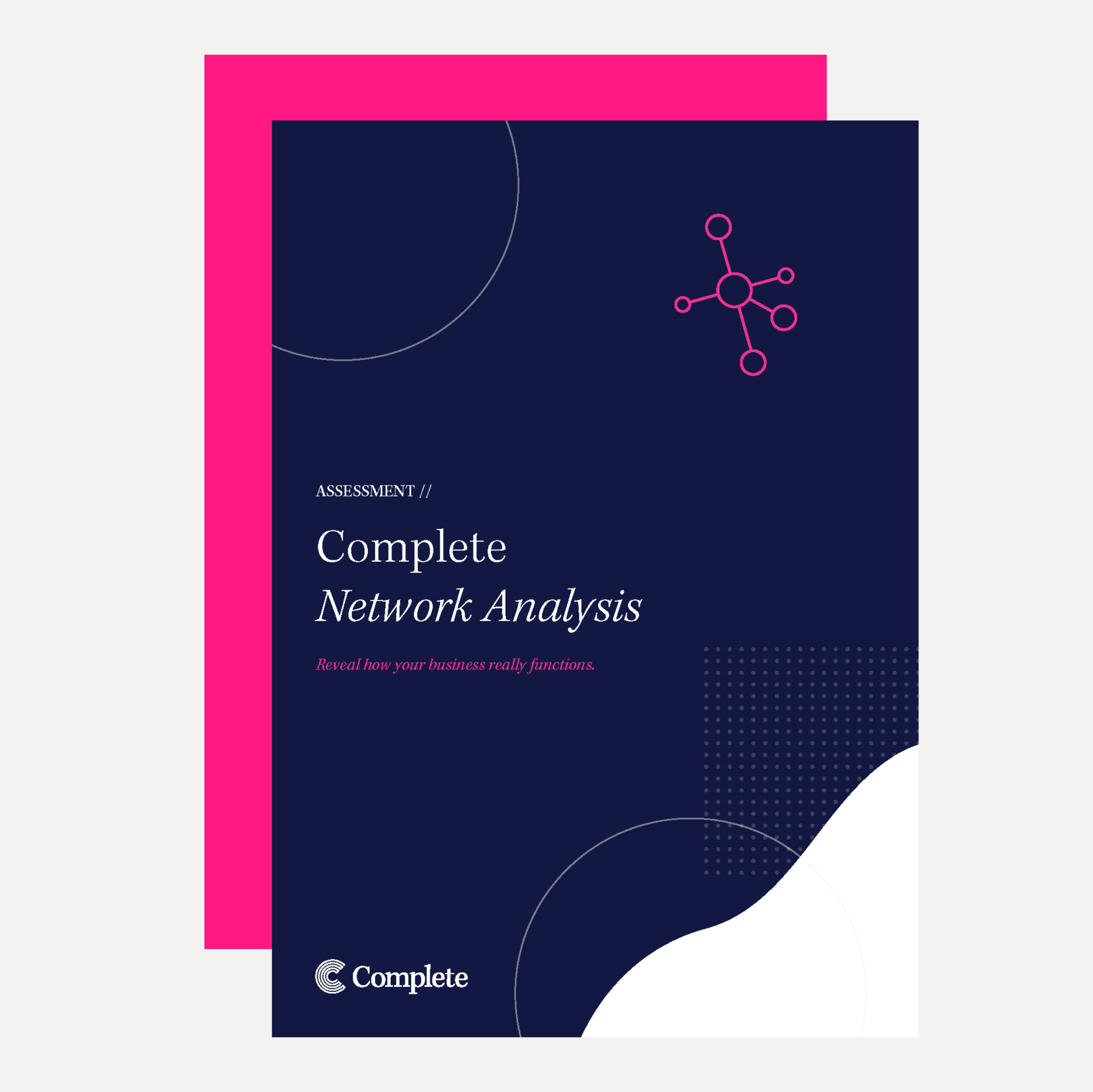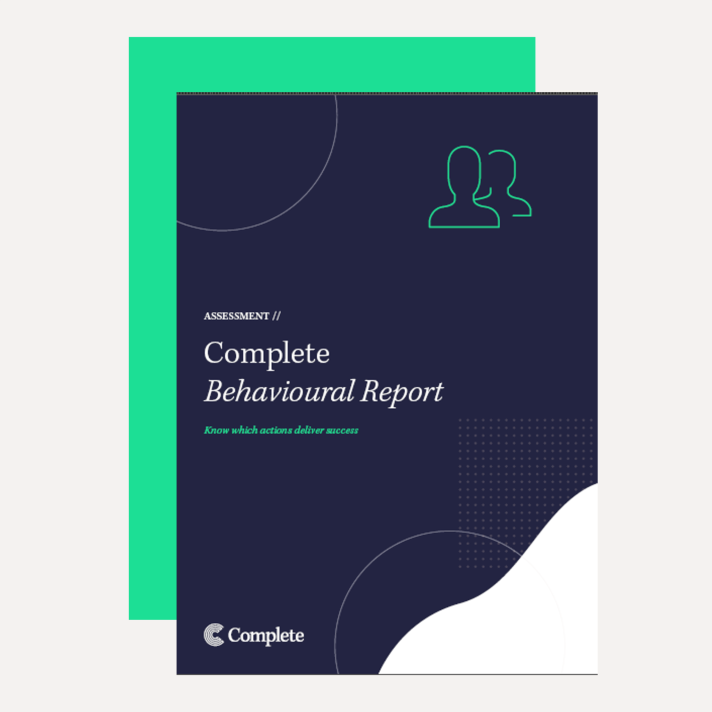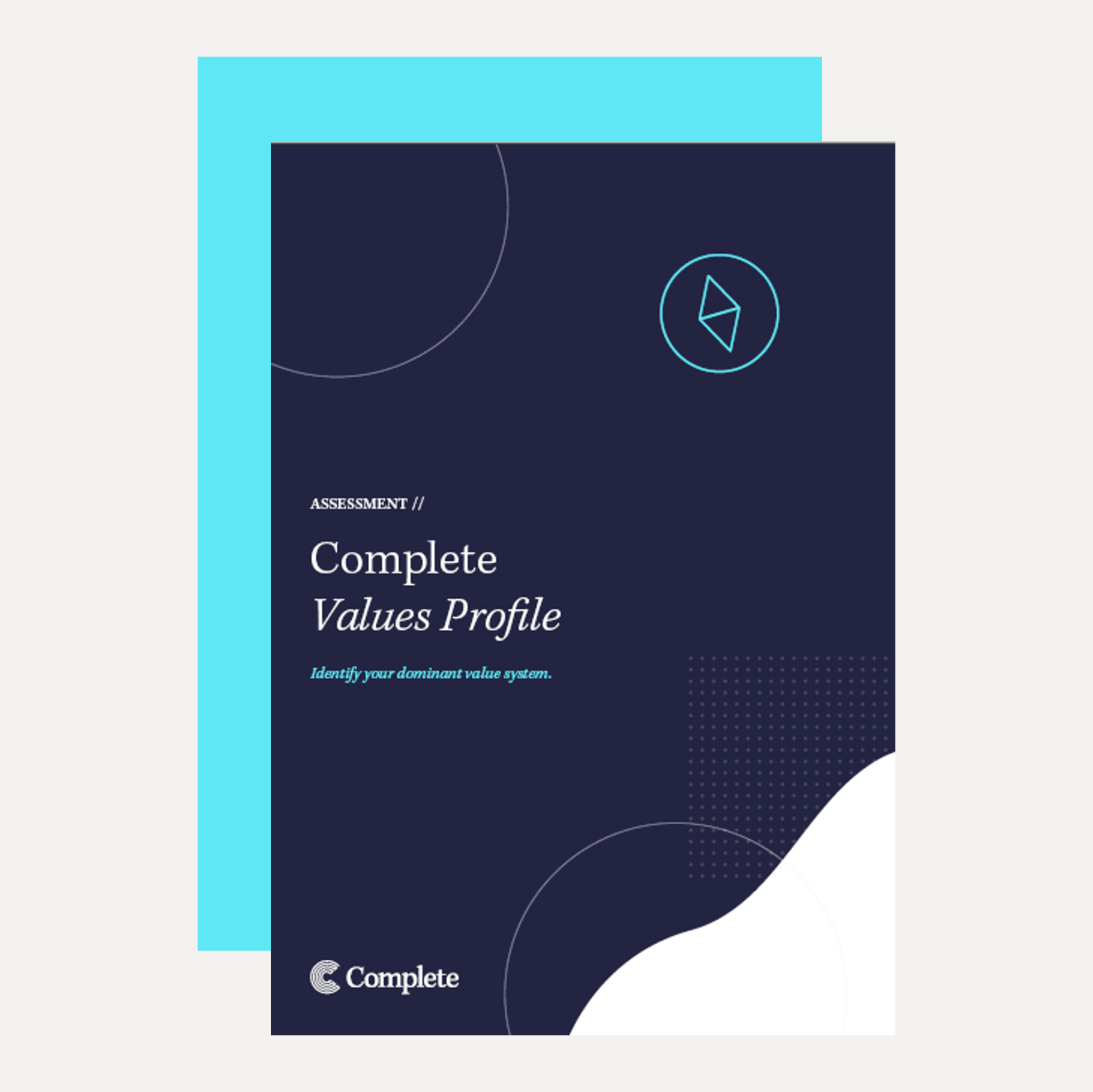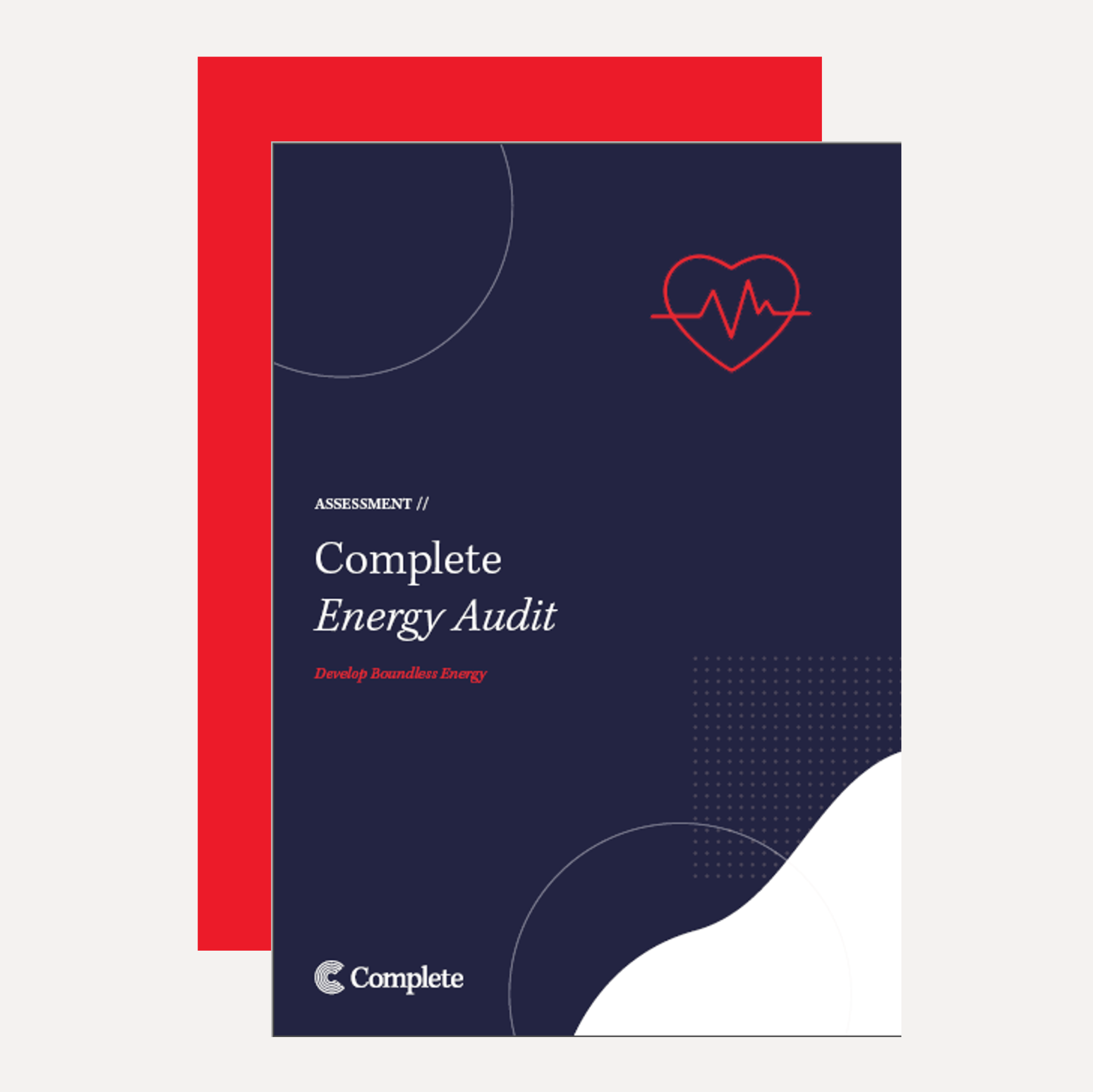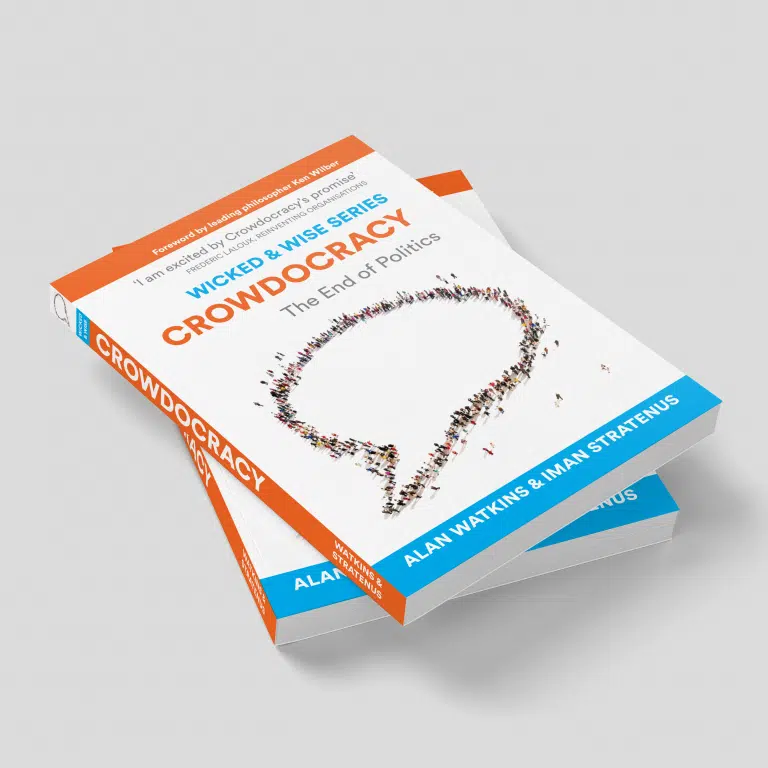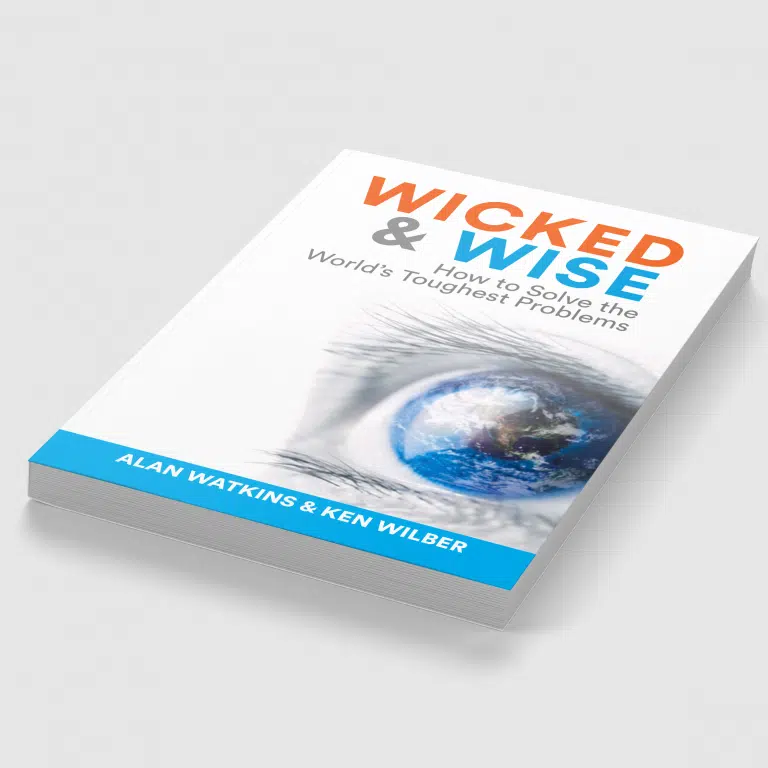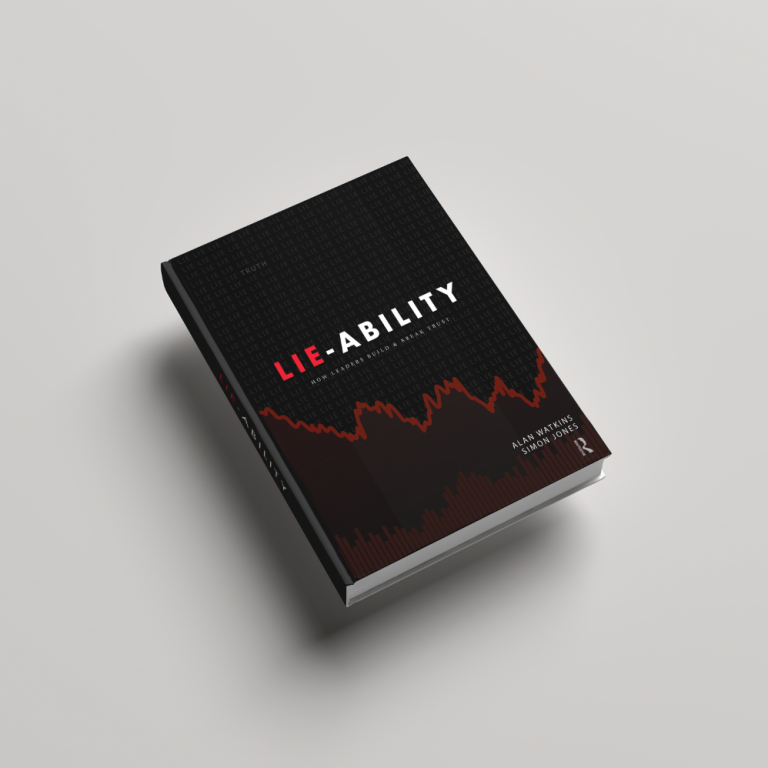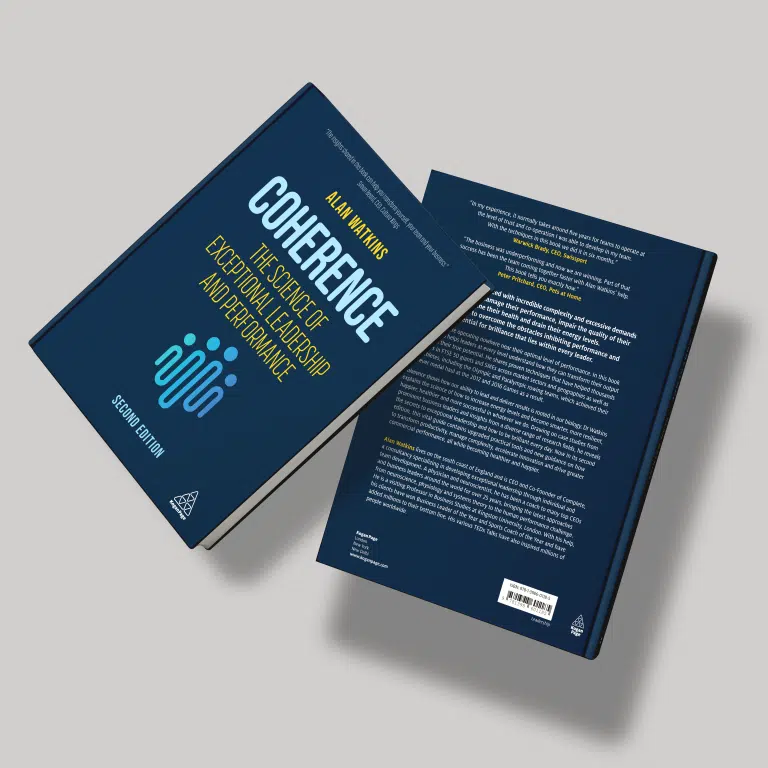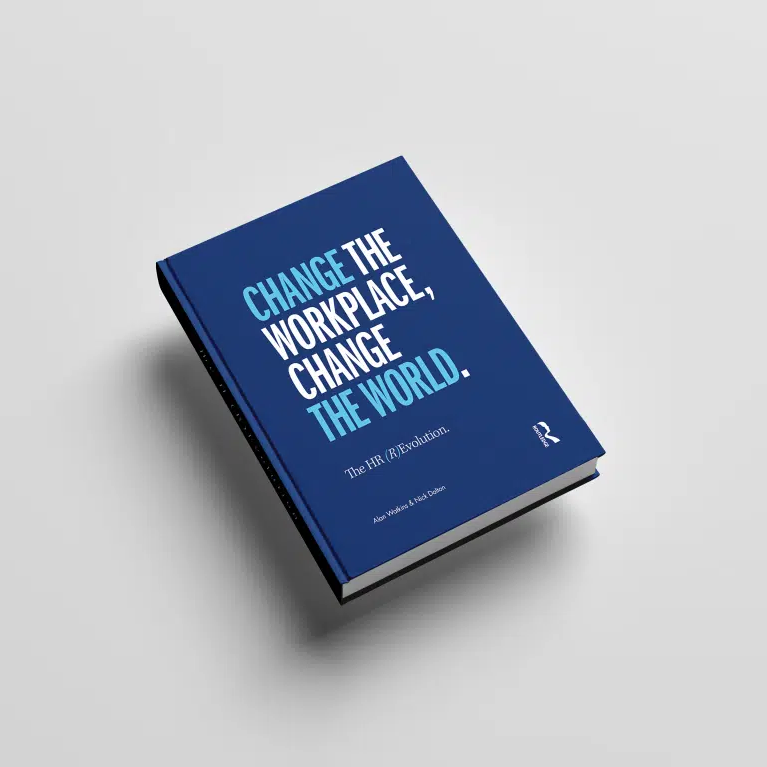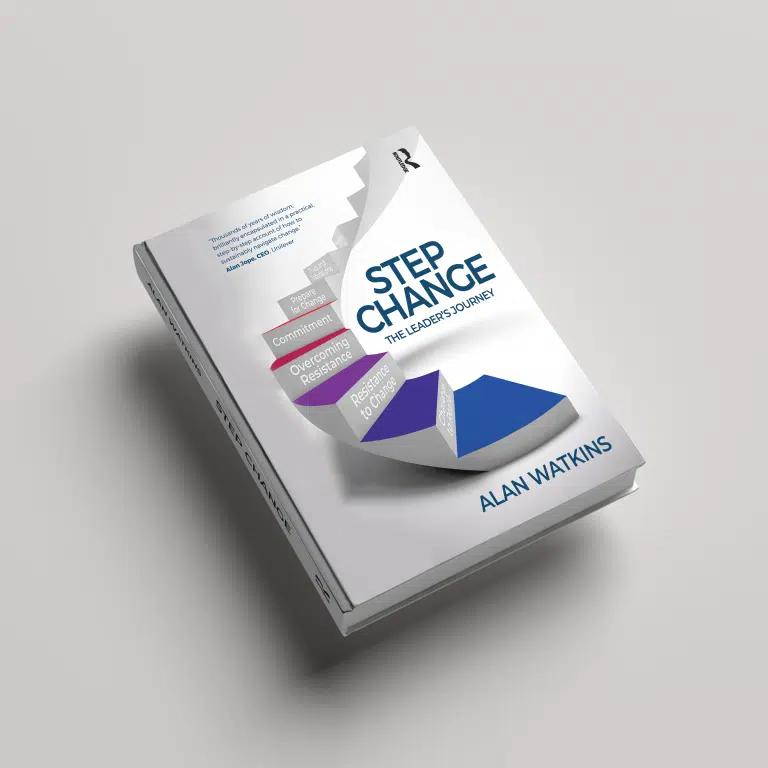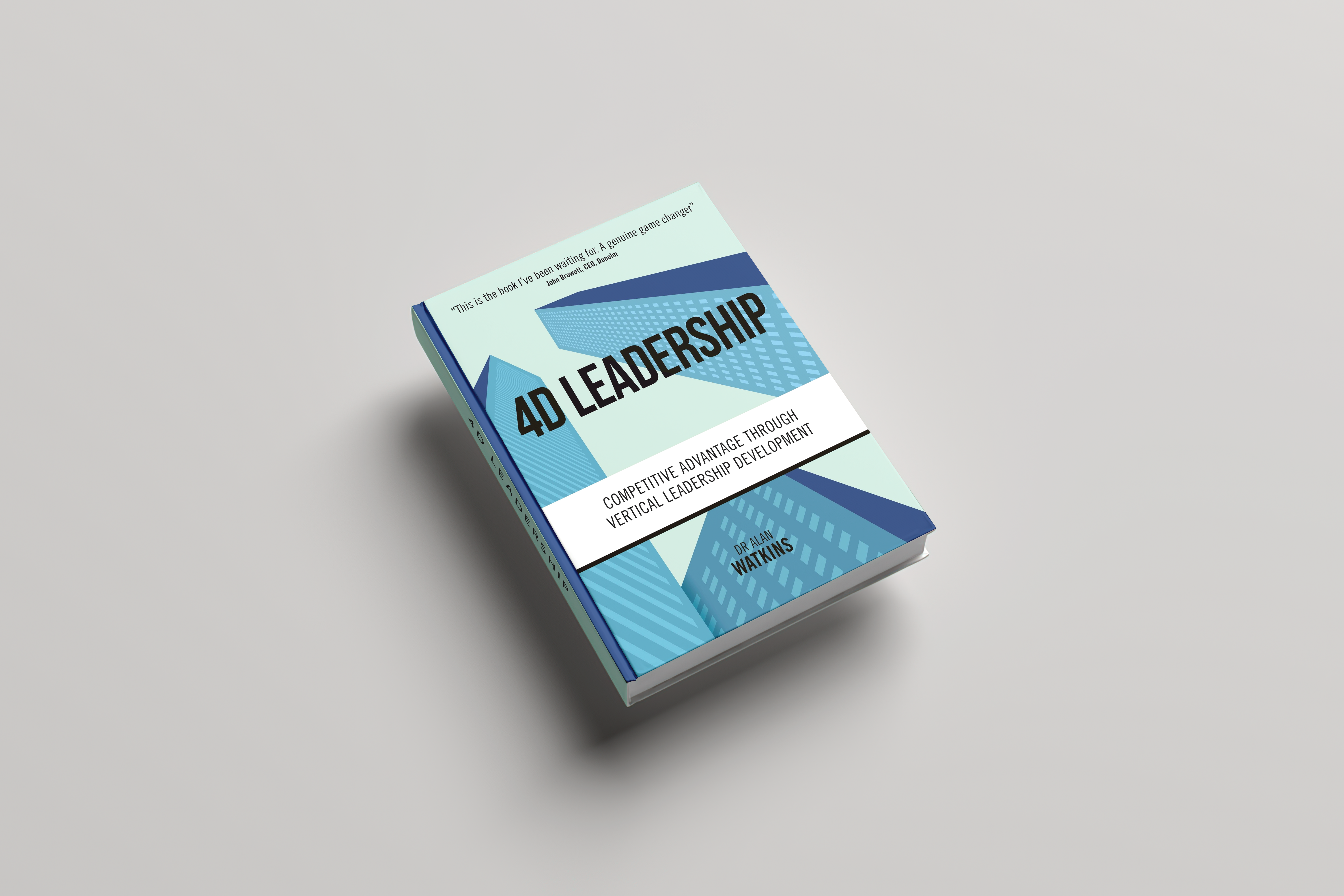December is the time when work and home life collide with a bang. Shopping, entertaining, end of year work pressures. It can definitely get on top of you. Every day it feels like you’re adding more and more to your to do list and hardly anything gets ticked off.
Everything is important and it’s all urgent, but, before you know it, you have dozens and dozens of things on the go. At that point, you are at serious risk of ‘buckaroo’ – just one more spade or a bucket and the horse buckaroos and everything collapses.
You’re not alone and it’s a scenario we’re often asked to help with when we’re coaching senior leaders and CEOs. When you end up with an enormous to do list, your performance and wellbeing starts to suffer.
Fundamentally, there is a relationship between the amount of pressure you put on a system and how well the system will perform. It’s the Yerkes-Dodson law – the linear relationship between pressure and performance. You keep on doubling the pressure and eventually you reach peak performance. But once you’re flat out, you can’t up your performance. All that happens is that as you increase pressure beyond the peak of performance, you start to move along the down slope of performance.
In the early days of that down slope, you won’t realise you‘re doing less than you were before. When your performance starts to decline by around 10-20%, then you start to notice. Then you panic and you start to worry. That just adds to the pressure. Performance worsens and you slip further down the down slope. Fundamentally, poor performance is either due to too little pressure or, more commonly, too much pressure.
This relationship between pressure and performance has been known about for more than 100 years. It was first demonstrated in mice and now we see it in the workplace and at home too. It happens in any kind of complex system. Apply too much pressure and you reach point of crisis. It’s true of mice, of men, of women and of machines as well. One very straightforward thing you can do to reduce the risk of buckaroo in December and at any time is to simplify and clarify. Sometimes just that is enough. Create a ‘stop do’ list. It’s not a ‘to do’ list. You’re moving things off your ‘to do’ list. You might decide to delay a work project, a spring clean or a party to the new year. You decide that it’s not enough of a priority and is not adding enough value, so you just push it back.
In addition to generating a ‘stop do’ list we also help organisational leaders to review their priorities in a ‘head-to-head’ fashion. This works out of the workplace too. Put two priorities next to each other and ask yourself if you could only do one this year, or if you only have an hour left in the day which of the two priorities would you focus on? This head-to-head approach can sort your ‘TO DO’ list quickly into a ranked order of what adds the most value
Ultimately, we’ve all got to draw a line. If you have too much on your list, that horse will more than likely buckaroo and you’ll fail to deliver on any of them.
There’s more on avoiding buckaroo in the workpalce in Dr Alan Watkins’ book, 4D Leadership, Competitive Advantage Through Vertical Leadership Development.













